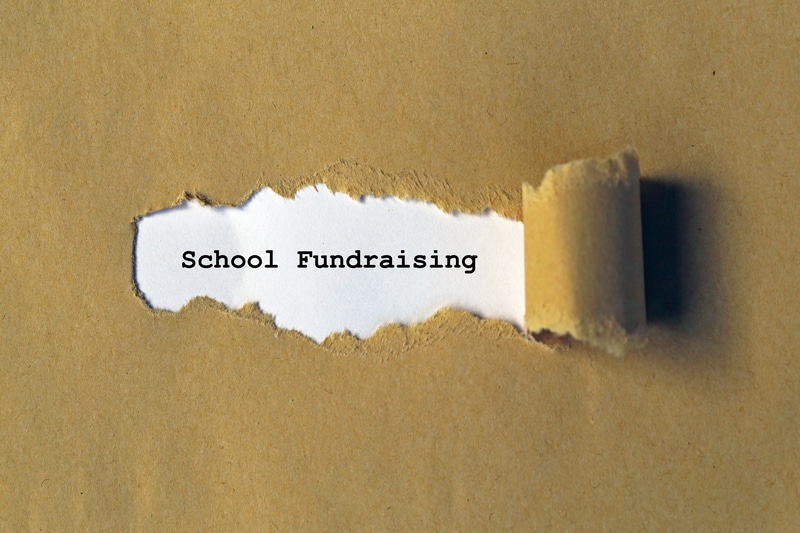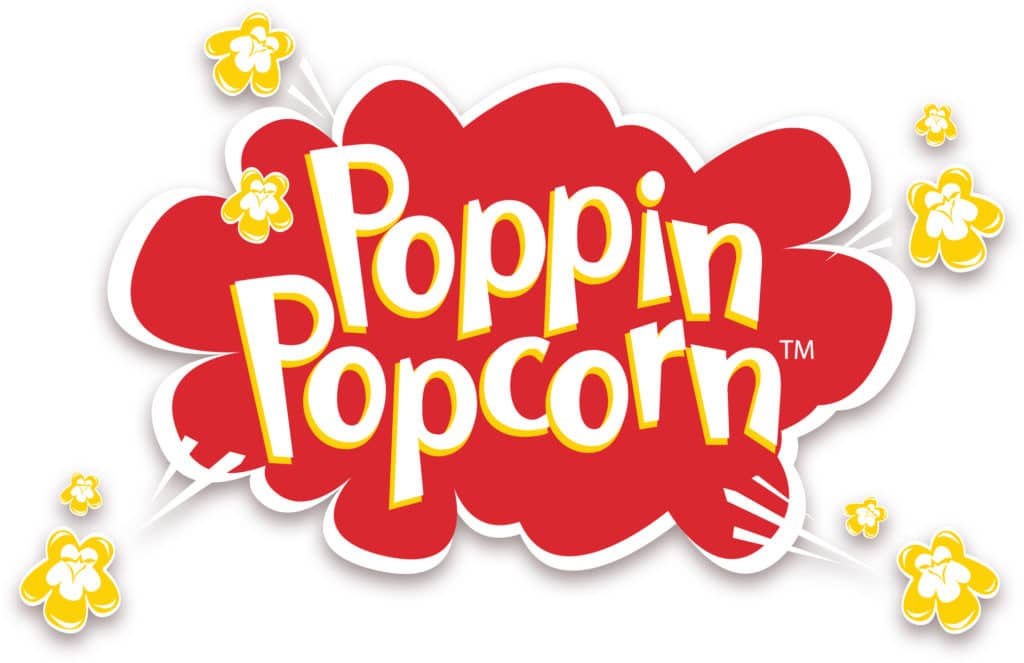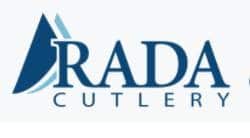How can Christian schools successfully raise funds to meet their financial needs?
School fundraising may be in order if your school needs new books, new gym equipment, or help to fund a field trip or other event. Is it worth the effort? We think so. While 35% of schools earn $0-$5,000 annually from fundraising, 27% earn more than $75,000 yearly. If your school needs funds, it might be time to get in on the action.
One of the most popular and profitable methods of school fundraising is hosting a product fundraiser. When product fundraising, students sell goods in exchange for donations to go towards a specific cause. When preparing for your school’s product fundraiser, you’ll first need to choose what to sell and how to sell it.
To help you narrow your options, we’re sharing three school fundraising methods that boost profits and several product fundraising ideas. Remember that all the fundraising methods and ideas shared can be executed independently by the school or in cooperation with a fundraising company.
There are three ways to sell products when school fundraising: brochure, online, and direct sales. Your school may use one or a combination of these methods when executing your product fundraiser. Each method has its own pros and cons, and deciding which method is best for your school should be considered carefully.
Let’s take a closer look at each.
Brochure
Brochure fundraising sells products via a catalog to raise capital for your school. Students bring the catalog door-to-door and allow potential buyers to view the products for sale. Goods are paid upfront by the customer. The school delivers the products to the buyer at a later date.
Brochure fundraisers work well because the potential buyer can see and read about the products. There is also the benefit of an interaction between the potential buyer and the student, giving the student a chance to make an impression on the buyer by sharing information about the school, the need, and how their purchase will enhance the student’s educational experience and extracurricular activities.
The downside to brochure fundraising is that the buyer needs to wait to receive their goods. The school may need to store products until delivery and may even need to sort and distribute goods themselves. Door-to-door brochure fundraising also leaves the online market untapped, reducing the potential for sales.
Online
Online fundraising consists of selling products through an online channel, which could be a virtual catalog, a store on the school’s website, or goods on social media. Goods are purchased online and delivered to the buyer.
One benefit of an online fundraiser is the ability for potential buyers to change their minds. When a buyer says no when selling at the door, that is the last opportunity to make that sale. However, when selling online, the buyer can change their mind and return to make a purchase.
Buyers can order goods as needed, reducing the school’s need to store and sort products. Additionally, the potential buyer can post and read your fundraising story, increasing your chances of making a sale.
A fallback of online fundraising is the need for more personal interaction. You aren’t there to answer questions, inform the potential buyer about your cause, or encourage participation in the campaign. People are more likely to interact and donate/purchase goods when they feel they relate to the beneficiary. This type of connection is easier to establish in person.
Direct Sale
Direct sale fundraisers consist of selling goods in-person and on-site. Examples include selling snacks at a football game or t-shirts at a community event. The sale can be a one-time or recurring event, and the products sold vary greatly.
This fundraising method works well because the buyers can see and interact with the product before purchasing. The product is available and given to the buyer immediately upon purchase. There is an opportunity to interact with the potential buyer, which increases the chances of making a sale. Often, people are more likely to buy goods at an event than when approached at their door. They are coming to the table on their terms, and they are likely already excited about the school event they are attending, making them more likely to buy.
One downside of direct sale fundraising is that there may be limited inventory. There may be more potential buyers, but a lack of products to sell differs from online and brochure fundraisers, where you can order more products as needed. This fundraising method earns funds quickly, but it ends quickly, too, typically a one-time event with strict start and end times, which can limit profits.
Product Fundraiser Ideas
After choosing your fundraising method, you must choose what product to sell. Schools can sell any product for funds, from food to T-shirts to earrings. We’ve listed a few product fundraising ideas below.
Food
Sell food to raise money for your school. Food items can be sold by brochure, online, or directly to the buyer. Ideas of food items to sell include:
- popcorn
- cookie dough
- candy bars
- mixed nuts
- snack packs
- concession items, including hot dogs, chips, etc.
Gear
Selling school spirit gear is a profitable way to raise funds for schools. Consider selling gear repping your schools name, colors, and mascot, such as:
- tumblers
- t-shirts
- keychains
- bumper stickers
- phone cases
- bags
Home Goods
Selling home goods is another popular school fundraising idea. Examples of home goods include:
- kitchen appliances
- coffee mugs
- home décor
- potpourri
- blankets
- candles
Once your fundraising method and product are selected, you are ready to launch your school fundraiser. Set your goal, recruit your participants, and start selling!
Clay Boggess has been designing fundraising programs for schools and various nonprofit organizations throughout the US since 1999. He works with administrators, teachers, as well as outside support entities such as PTAs and PTOs. He is a senior consultant at Big Fundraising Ideas, www.bigfundraisingideas.com.










